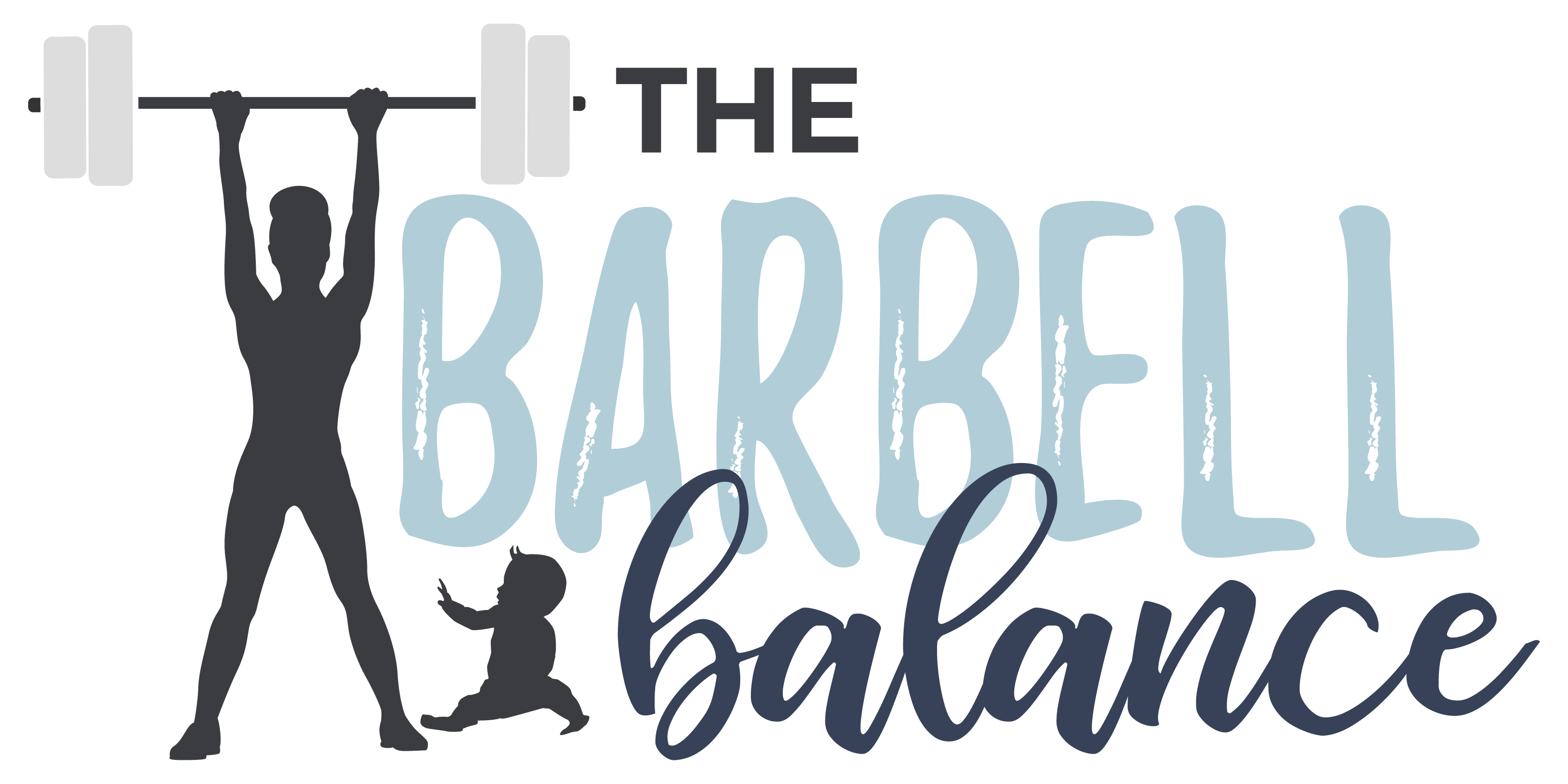Stretch It Out
Some days, the best thing you can do for yourself (and your body) is to slow down, stretch, and breathe. You can expect your body to keep doing those workouts, lifting those babies, pushing a grocery cart, and sleeping on 1/10th of a bed (you know what I’m talking about, mamas) without showing it a little love.
Stretching out will help you reset your body so that you’re ready to tackle the next thing on your to do list feeling a little lighter.
Sometimes, the most effective way to stretch out a muscle group is to release the opposing muscle group, or to strengthen the area to prevent tightness. Sometimes you might need to do a little mobility work to untie those knots. So I guess what I’m saying is, don’t yell at me that this isn’t entirely lying on the floor breathing, some things will require a little more effort, but trust me, it’s going to feel sooo good.
Upper Body Love
Back in the breastfeeding and bottle feeding day, my back, neck, and shoulders screamed at me. A lot. I think they hated me. A lot.
If you’re feeling the same, here’s one way to show your upper body some love
A prone shoulder is a superb way to reduce back and neck discomforts when breast/bottle feeding, or living the #momlife in general. Nothing seems to beat the you know what out of my body quite like being a mom, feel me on that?
This can be done without weight or something light. Ya don’t need to go heavy with these.
🍭Lay on your tummy, keeping your spine in line with your hips.
🍭Slightly bend your elbow and avoid shrugging your shoulders.
🍭Take a deep breath in, exhale then slowly raise your arm through your scapula.
🍭 If you find this is too much, try bending your arm at 90 degrees and work your way to a straight arm. These are harder than they look!
🍭If you’re breastfeeding, you may be more comfortable with a rolled towel under your armpits.
🍭Do 1-3 sets of 8-10 or throw them into your current workout.
Shoulder Mobilization
Taking the time to mobilize before of after your workouts will reduce the soreness you feel the day after, improve blood flow, and help your joints move better.
So if you feel like your progress has come to a halt or you can’t seem to lift overhead without a shoulder screaming with fury, try adding this to your routine.
Brought to you by someone who skips out in denial at times, only to regret it a day later. Yep, this upper body hurts just a little bit.
Upper Body Mobility
Got me some issues in your tissues? Release those little jerks. BE GONE JERKS. 🤪
Strengthen Your Upper Back to Release a Tight Chest
Shoulder and upper back pain is common during pregnancy, postpartum, and breastfeeding/bottle feeding because we spent so much time hunched over our sweet little angels. Chest muscles can become tight as the shoulders roll forward, putting some tension on them. .
One way to care for your upper body is to strengthen your upper back and releasing your tight chest. Here, I show you 2 strength training moves. .
In the video with my top off, I’m using a mini band and my elbow are at 90 degrees. .
Take notice of my belly. On the inhale, my belly is relaxed. On the exhale, I’m doing a kegel and pulling my hips to my belly button, engaging my deep core. I’m also showing this in 3 different angles so you can get a good view. Ideally, it’s best to do this against a wall. And look at the focus and post workout hair .
Another possible reason for shoulder pain is the the downward rotation of the scapula (shoulder blades). This makes sense if you’re spending any amount of time feeding and caring for baby. So upward rotations will help.
Other possibilities to consider, tight lats (mine were brutal a while back!) and anterior core control (hello goblet squats). Oh, and one observation with client with shoulder pain, an overactive pelvic floor – interesting, huh?
Hip Flexor Stretch
Hip flexors still tight no matter how much you stretch?
It’s common to feel tight in the front of the hip. Hip flexors, as they are known can become tight during pregnancy as the pelvic tucks under.
After birth and into momhood, they may remain tight until we train our core and pelvic floor which includes practicing your alignment (ribs stacked over hips).
For a lot of us, stretching helps ease some tension in this area. Buuut, this stretch may fool you. When you do the stretch, do you find you can feel a dang thing no matter how far forward you go. Yep. Been there too.
So try this. Squeeze your bum on the side you intend to stretch, tilt your pelvis forward and feel the magic happen. It’ll be one of those 👀 moments for sure.
Now, keep in mind, your hip flexors are typically tight due to your core. Once you regain strength, you shouldn’t need to rely on this as much.
Train Tight Hip Flexors
If your hip flexors are tight and no amount of stretching is helping, you may need a little help from my friend, the psoas march.
Feeling tight in the hip flexor region is common during and post pregnancy as your body changes, as well as if you find yourself at your desk a lot (guilty over here)
What happens is these muscles become short and under worked. Which may also be consistent with an overactive pelvic floor.
So let’s improve lower back stability and get your core working for you with this move.
If you’re just starting out, I suggest doing the psoas march without a band and work your way up. And if you really want to light this on fire, add in a slight crunch.
If you’re working with Diastasis Recti and notice doming, press down on the dome, if it feels squishy, use a modification like heel slides (place 1 foot on the floor and do the same movement). If it feels strong and you can maintain tension, you are good. To. Go,
T-Spine Extension
This t-spine extension is delightful if you’re lifting heavy things, tiny humans, and great if you’re breastfeeding/bottle feeding. My kids can feed themselves, but this was a go to at the end of every day, especially on those feeding marathon days!
You’ll need a foam roller, and I also used a kettlebell to set it up.
Then place your foam roller under your shoulder blades and make sure you keep your ribs inline with your hips. So keep your chest from thrusting up. And if you can’t lean back on the foam roller, adjust it until you can.
Lean back and use your kettlebell for stability. Once in place, curl up for the count of 2 and lower back down for the count of 3.
Repeat for 5-10 reps as often as you need.
So if your mid to upper back is giving you trouble because you’re lifting heavy loads, children, or costco hauls, this is worth a go. This will get your spine moving and feeling all good.
Spinal Rotations
Show your mid/upper back some love with spinal rotations!
Your mid to upper back is doing a lot of work on a daily basis and it gets crabby. Doesn’t it?
You find yourself stretching with temporary relief. And then you stretch some more. Still, stretching feels good, but nothing long term.
If you’re regularly lifting barbells or lifting/carrying kids, feeding your baby, or even sitting at a desk in your day to day, your back may not be getting a lot of rotational movement which may be why you’re not seeing relief. So here’s something different. Try these t-spine rotations. With these you will feel just how tight these muscles are and feel them instantly loosen up. .
If you don’t have these tools, do your best to keep your ribs stacked with your hips. Then do 8-10 rotations per side.
You will even see an improvement with your lifts after running through these. And you know you want to go lift some heavy objects, right?
Jefferson Curl
Conventional workout wisdom says to avoid rounding your back when lifting or you’ll blow out a disk…
Dang. As a mom of 3 young kids and a personal trainer, I round my back all the time.
Have you tried to change a baby on a change table, pick a baby up out of a crib, or chase a naked toddler around the house to put a diaper on them? 🙄
Your body including your back is meant to move in all different ways. And if you’re picking up a hair brush off the floor, you’re likely not going to need the same tension as you would if picking up a piano.
Here is a Jefferson Curl. It’s used to strengthen and lengthen the muscles in the back of your body used to protect your spine.
This isn’t meant to be explosive, but slow and controlled. If done properly, you’ll feel a stretch in your spine and hammies.
Stretching for Runners
Not just for runners! Don’t let the name fool you! These stretches feel divine for the bodies of us everyday superheroes as well, running or not. Try using them as a post-workout cool down to keep your pelvic floor mobile and happy.
The most common complaint from the runners I work with is pain in their lady part region following a run. This may begin in a few short hours or a day post workout (DOMS), and cause some setbacks.
If you’re experiencing any type of pelvic pain post-workout, think about keeping your vagina open throughout the entire stretch sequence. This will help your pelvic floor muscles to relax. For some women, this is all it takes. Remember to breathe into your chest/belly through your nose. Exhale through your mouth like you’re blowing through a straw. Do 3 rounds for good measure.
- Hip roll back (do 5-10 reps each side)
- Lying clam (continue to breathe and stay put for upwards to a minute)
- Hamstring stretch (adduction (open) optional. Be sure to hang out for 20-30 sec)
- Glute release (ball goes on fleshy part of your bum. Move the ball around until you find “the spot”, then gently move the ball around (or hang tight until the discomfort settles)
- Psoas stretch (be sure to tilt your pelvis forward and hang out for 20-30 sec)
Ready to maximize your postpartum fitness performance? Get my favourite strategies in Your Handy Lady Parts Handbook” 5 Considerations All Women Need For Fitness And Their Vagina. You will learn to minimize pelvic floor dysfunctions and improve your overall power you can use in both pregnancy and postpartum.

